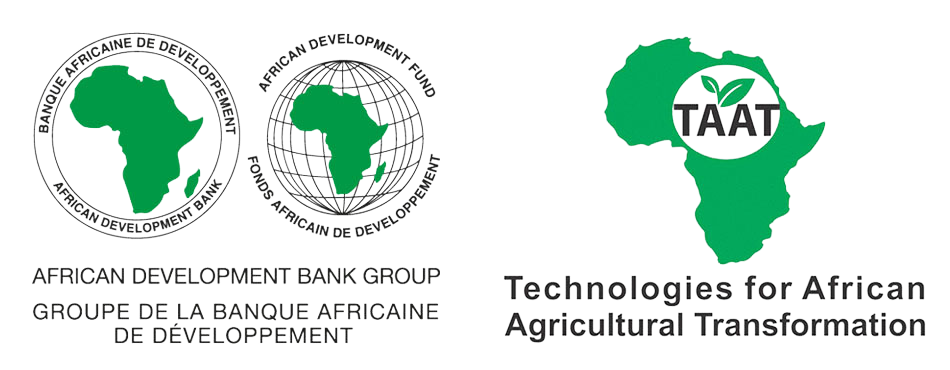

Nutrition-boosting, income-enhancing maize.
These maize varieties have distinctive orange kernels, a result of high beta-carotene content. They are developed through advanced breeding techniques, combining naturally provitamin A enriched lines from Central and South America with elite land races and hybrid lines with improved agronomic traits.
This technology is TAAT1 validated.
Open source / open access
Addressing Vitamin A Deficiency:
Combatting Malnutrition and Weak Immunity:
For Seed multipliers:
Producing Golden Maize technology provides a cost-effective and sustainable solution, addressing vitamin A deficiency, empowers diverse farming communities, contributing to enhanced health and wellbeing on a global scale.
To efficiently multiply the seed, you need to source Foundation or Registered seed according to your position in the seed development process. The multiplication of the technology does not require purchasing a license.
Your potential customers are : wholesale distributors of seed to retailers, and to development projects, government agencies, and NGOs.
Building strong partnerships with wholesale distributor networks is key to the success of your business.
For Resellers:
Selling Golden Maize not only provides a valuable product but also fosters closer engagement with users while simultaneously enhancing health and wellbeing on a global scale.
To successfully navigate this market, you need to know where to source golden maize in bulk, identify efficient transportation methods, and explore suitable storage facilities
Your potential customer base is: small, local retailers, development projects, producers, and producer cooperatives or associations.
For Users:
Using Provitamin A enriched maize technology offers a cost-effective, sustainable solution to combat vitamin A deficiency, ensures consistent nutrient supply, and empowers diverse farming communities for enhanced health and wellbeing.
As key partners you need sellers of Golden Maize.
The cost structure, one Kg price of Golden Maize, is set at $0.8-1.2 USD.
You need to estimate the profit realized with the use of the the product.
Adults 18 and over: Positive high
It provides improved nutrition, helping to address vitamin A deficiencies
The poor: Positive high
It offers affordable access to essential nutrients, reducing healthcare costs associated with malnutrition.
Under 18: Positive high
It helps combat malnutrition and vitamin A deficiency, which is especially crucial for children's growth, immune system development, and overall health.
Women: Positive high
Women, particularly pregnant and nursing mothers, benefit from better nutrition, reducing risks to maternal and child health.
Climate adaptability: Moderately adaptable
These varieties are bred to be more resilient to various environmental conditions, making them adaptable to climate variability.
Farmer climate change readiness: Significant improvement
These varieties help farmers adapt to climate change by providing a resilient, nutrient-enriched crop.
Soil quality: Does not affect soil health and fertility
The cultivation of these varieties could promote better land use management when coupled with sustainable farming practices.
Water use: Same amount of water used
These varieties are expected to have similar water requirements as conventional maize
Scaling Readiness describes how complete a technology’s development is and its ability to be scaled. It produces a score that measures a technology’s readiness along two axes: the level of maturity of the idea itself, and the level to which the technology has been used so far.
Each axis goes from 0 to 9 where 9 is the “ready-to-scale” status. For each technology profile in the e-catalogs we have documented the scaling readiness status from evidence given by the technology providers. The e-catalogs only showcase technologies for which the scaling readiness score is at least 8 for maturity of the idea and 7 for the level of use.
The graph below represents visually the scaling readiness status for this technology, you can see the label of each level by hovering your mouse cursor on the number.
Read more about scaling readiness ›
Semi-controlled environment: prototype
Common use by projects NOT connected to technology provider
| Maturity of the idea | Level of use | |||||||||
| 9 | ||||||||||
| 8 | ||||||||||
| 7 | ||||||||||
| 6 | ||||||||||
| 5 | ||||||||||
| 4 | ||||||||||
| 3 | ||||||||||
| 2 | ||||||||||
| 1 | ||||||||||
| 1 | 2 | 3 | 4 | 5 | 6 | 7 | 8 | 9 | ||
| Country | Testing ongoing | Tested | Adopted |
|---|---|---|---|
| Cameroon | –No ongoing testing | –Not tested | Adopted |
| Democratic Republic of the Congo | –No ongoing testing | –Not tested | Adopted |
| Ghana | –No ongoing testing | –Not tested | Adopted |
| Kenya | –No ongoing testing | –Not tested | Adopted |
| Malawi | –No ongoing testing | –Not tested | Adopted |
| Mali | –No ongoing testing | –Not tested | Adopted |
| Nigeria | –No ongoing testing | –Not tested | Adopted |
| Rwanda | –No ongoing testing | –Not tested | Adopted |
| Tanzania | –No ongoing testing | –Not tested | Adopted |
| Zambia | –No ongoing testing | –Not tested | Adopted |
| Zimbabwe | –No ongoing testing | –Not tested | Adopted |
This technology can be used in the colored agro-ecological zones. Any zones shown in white are not suitable for this technology.
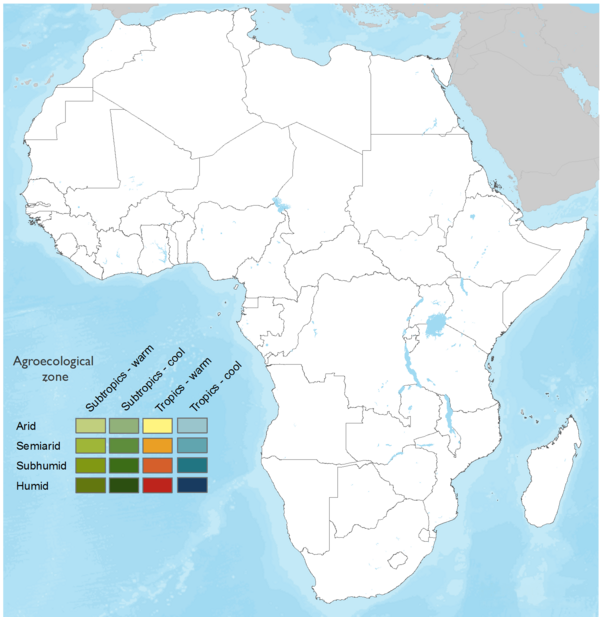

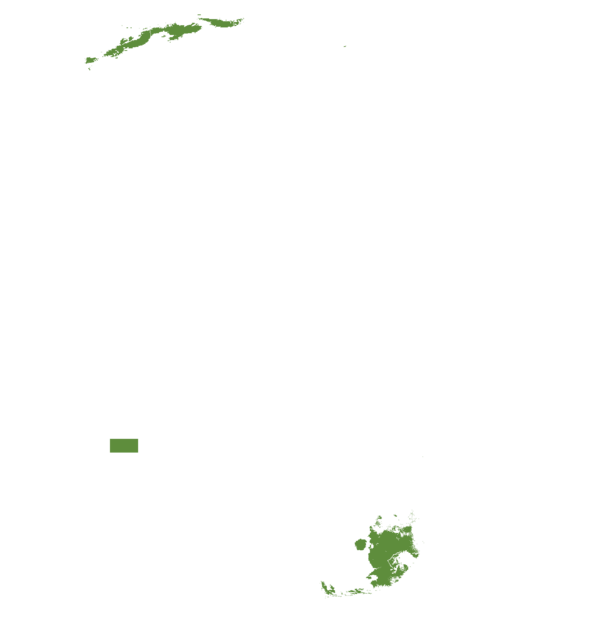
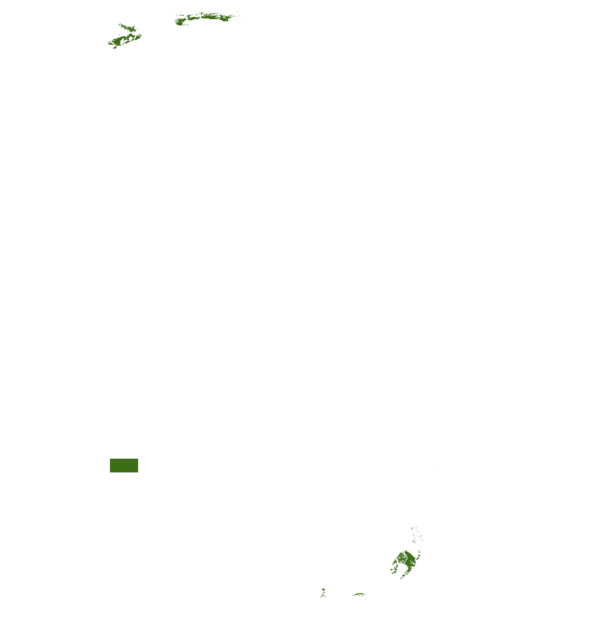



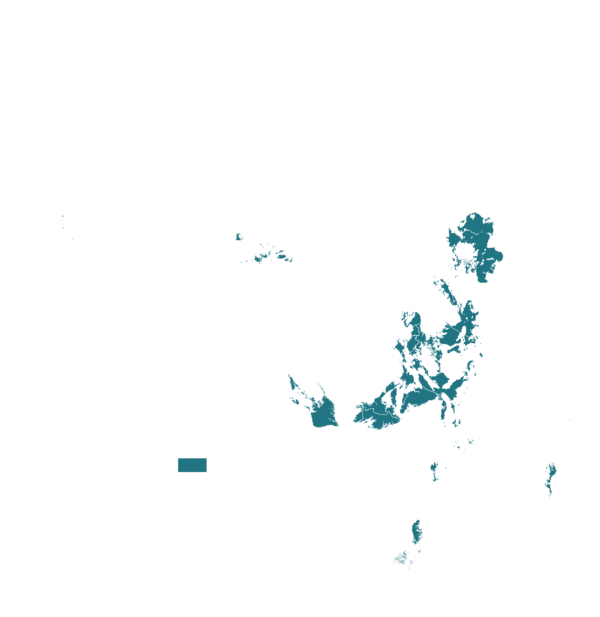
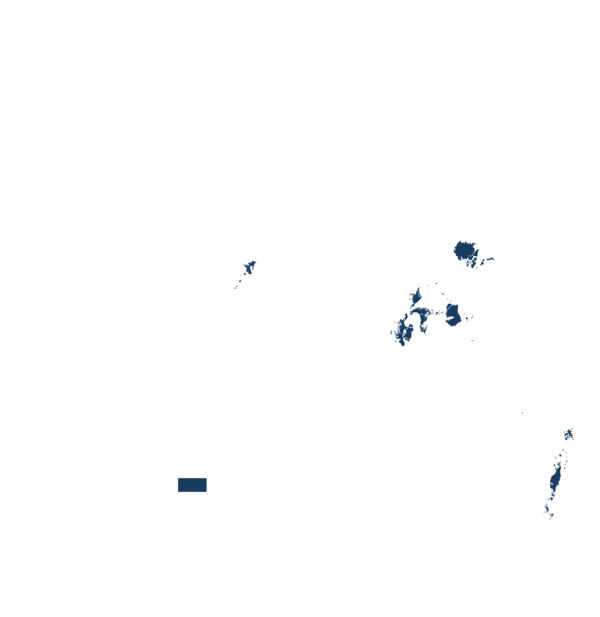
| AEZ | Subtropic - warm | Subtropic - cool | Tropic - warm | Tropic - cool |
|---|---|---|---|---|
| Arid | – | – | – | – |
| Semiarid | – | – | ||
| Subhumid | – | – | ||
| Humid |
Source: HarvestChoice/IFPRI 2009
The United Nations Sustainable Development Goals that are applicable to this technology.

It addresses malnutrition and hidden hunger by increasing provitamin A content in maize
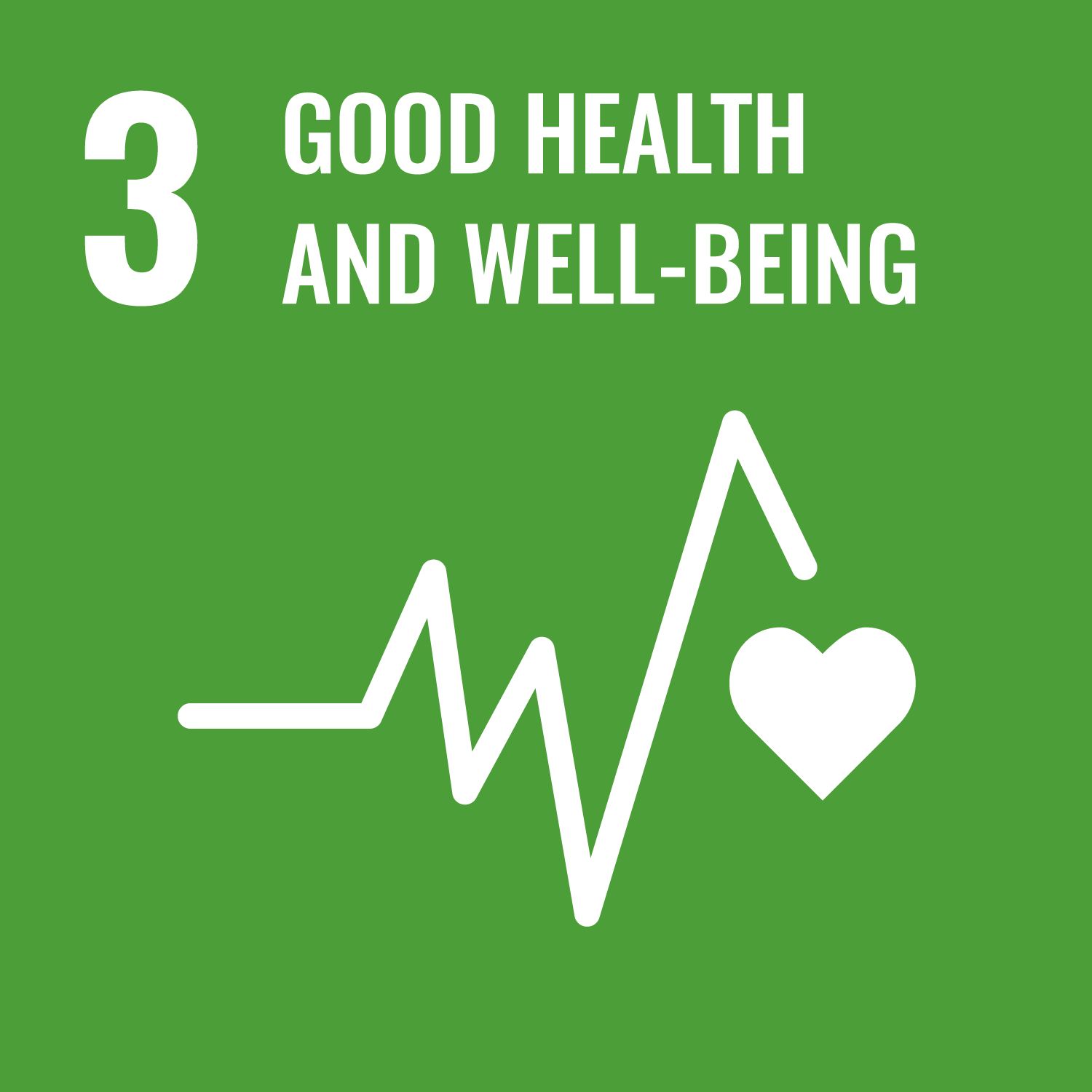
It helps reduce vitamin A deficiency, which can lead to severe health issues such as blindness and immune system problems.
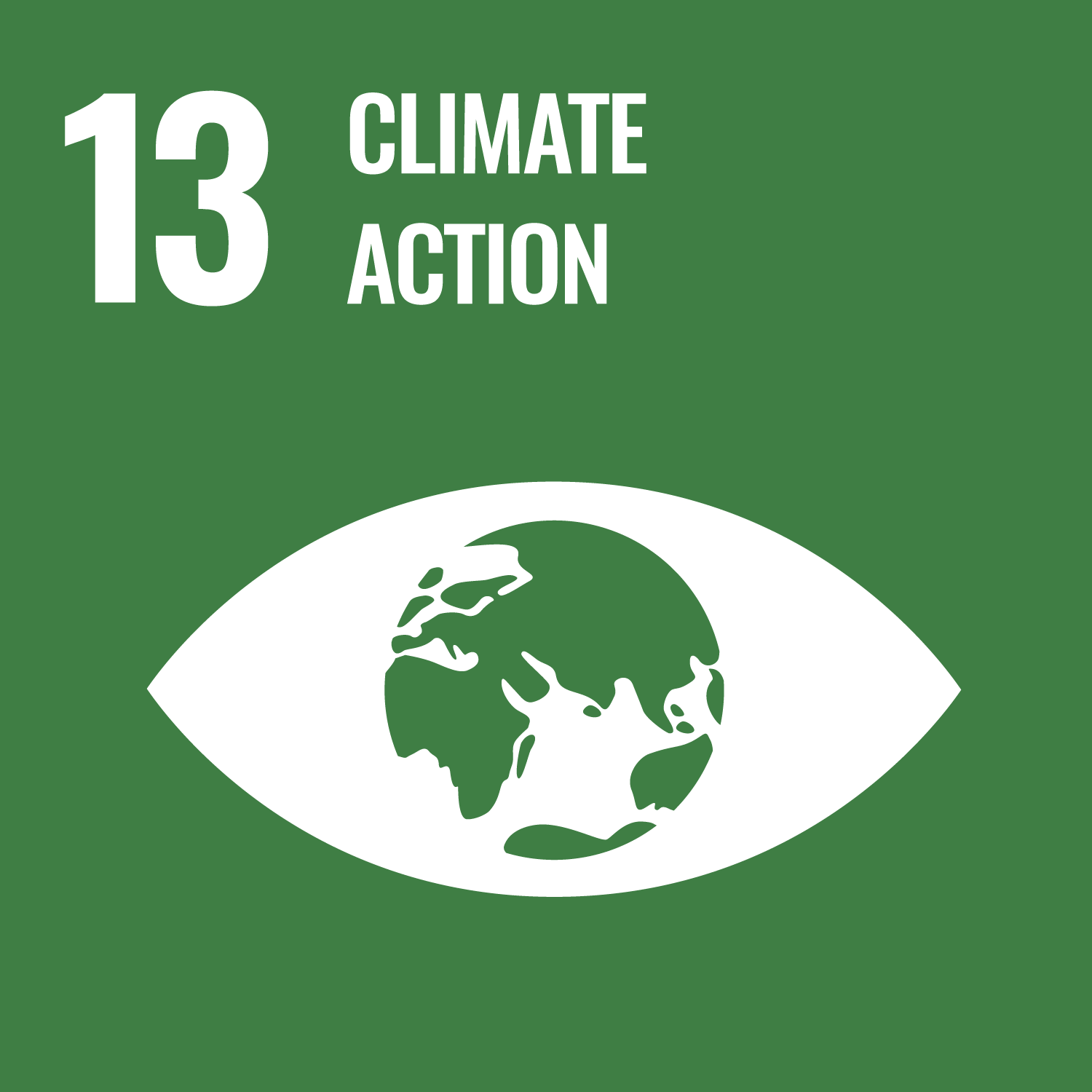
By improving yields under less predictable weather conditions, golden maize supports sustainable farming that reduces vulnerability to climate-related risks.
Variety Selection: Choose the specific Provitamin A Enriched Golden Maize variety best suited for your region. Refer to local agricultural guidelines for recommended planting practices.
Soil and Fertilizer Management: Conduct a soil test to assess nutrient levels and pH balance. Adjust fertilization based on the requirements of the chosen maize variety.
Consider Intercropping or Rotation: In areas with low soil fertility, consider intercropping Provitamin A Enriched Golden Maize with legumes or rotating with other crops. This practice enhances nutrient availability and water retention, benefiting the specific characteristics of this maize variety.
Monitor Growth and Pest Control: Regularly monitor the growth of Provitamin A Enriched Golden Maize, paying close attention to signs of pests or diseases that may affect this specific variety. Apply recommended pest control measures as needed.
Harvesting: Time the harvest for when kernels of the specific Provitamin A Enriched Golden Maize variety are fully mature and dry. This is typically indicated by a change in color and texture.
Storage and Processing: Store harvested maize in dry, well-ventilated conditions to prevent moisture-induced spoilage while ensuring the specific provitamin A content of this maize variety is retained. Use processing methods that minimize oxidation.
Last updated on 7 November 2025